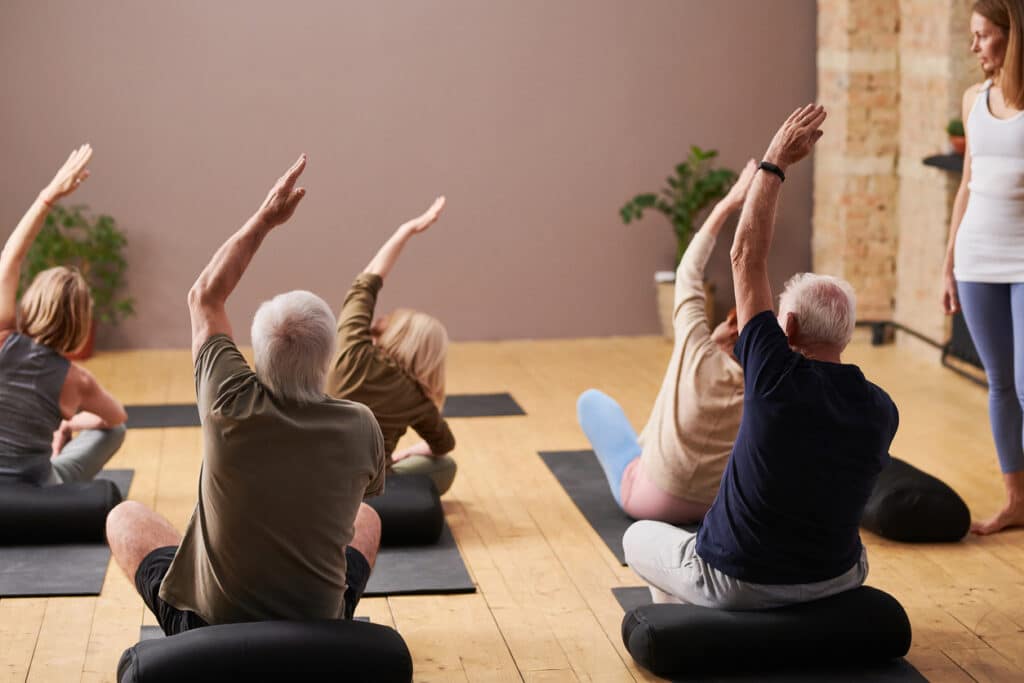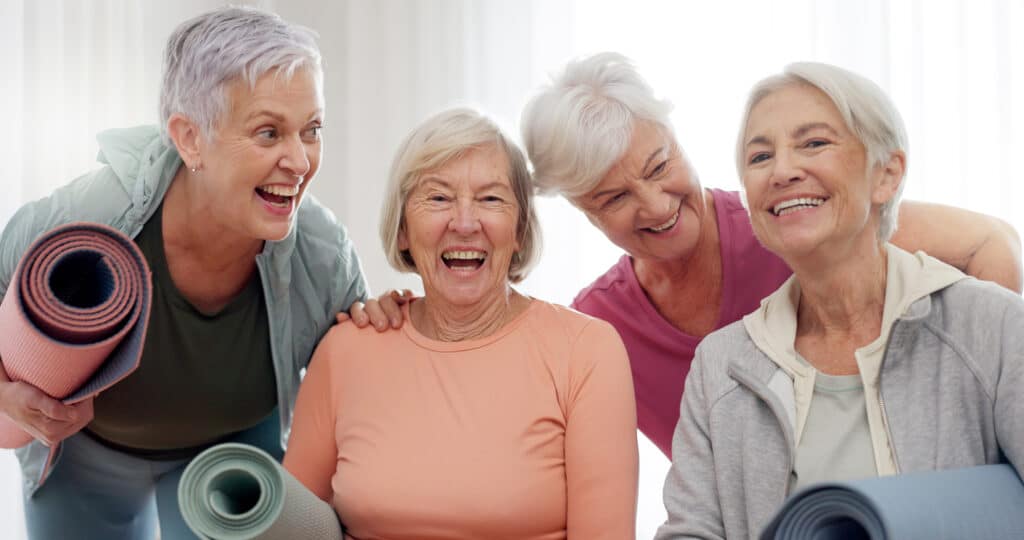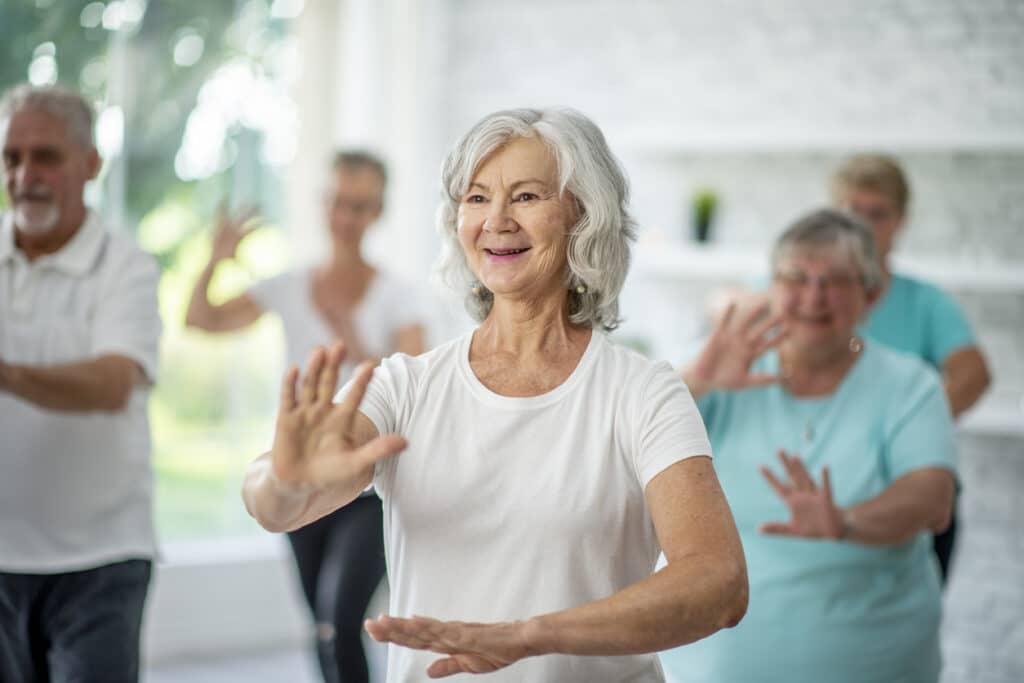
Active relaxation is a powerful tool that can help seniors combat stress and improve their overall wellness. Unlike passive relaxation techniques such as reading or napping, active relaxation requires movement or activity. This can include practices such as yoga, gardening, or simply taking a leisurely walk. By incorporating these techniques into your daily routine, you can help ease stress and improve your physical and mental well-being.
Understanding Active Relaxation
Active relaxation is a stress management technique that involves engaging in physical activities to release stress and tension from the body. These techniques stimulate the brain, enhance cognitive function, and memory, and can help you maintain mental clarity and focus.
Benefits of Active Relaxation
Active relaxation provides specific physiological and psychological advantages to promote overall well-being. Through intentional activities and techniques, you can trigger a relaxation response that has a beneficial impact on your body and mind.
Physiological Benefits
- Enhanced Blood Flow: Engaging in active relaxation exercises can improve your circulation. This heightened blood flow ensures that your organs and muscles receive more oxygen and nutrients.
- Reduced Oxygen Consumption: Your body needs oxygen to function. During active relaxation, your body enters a state of rest which reduces oxygen consumption and allows your bodily systems to operate more efficiently.
- Release of Endorphins: Physical activities that promote relaxation can stimulate the release of endorphins. These are your body’s natural painkillers, providing you with a sense of ease and decreasing the perception of pain.
Psychological Advantages
- Improved Mood: By initiating the relaxation response, active relaxation helps to elevate your mood. This can lead to increased feelings of joy and a more positive outlook on life.
- Decreased Anxiety and Depression: Regular active relaxation practices can lessen symptoms of anxiety and depression. This is due to the calming effect such activities have on your mind.
- Strengthened Sense of Well-Being: When you engage in relaxation techniques regularly, you might notice an improved overall sense of well-being. This includes feeling more centered, calm, and content with your life.

Active Relaxation Techniques
Active relaxation techniques are structured practices that you can use to reduce stress and create a sense of calm. By engaging both your body and mind, these methods can help alleviate muscle tension and promote mental clarity.
Deep Breathing and Visualization
Deep Breathing: Reduce your stress by focusing on your breathing rate. Sit or lie down in a comfortable position. Breathe in deeply through your nose, allowing your chest and lower belly to rise as you fill your lungs. Hold your breath briefly, then exhale slowly through your mouth. Aim for four to six deep breaths per minute.
Visualization: While practicing deep breathing, imagine a serene environment or scenario. Envision every detail of this place and allow the mental imagery to enhance your relaxation.
Progressive Muscle Relaxation
To relieve muscle tension, try progressive muscle relaxation. Begin by tensing the muscles in your toes for five seconds, then relax them for 30 seconds. Progressively work your way up through each muscle group in your body—calves, thighs, abdomen, arms, and neck. Notice the contrast between tension and relaxation.
Mindful Meditation Practices
Incorporate mindful meditation into your daily routine to foster body awareness and relaxation. Find a quiet space, sit comfortably, and turn your focus to the present moment. Observe your thoughts and sensations without judgment. Start with five minutes and gradually increase your meditation time as you become more comfortable with the practice.
Physical Activities for Stress Relief
Engage in physical activities such as yoga or tai chi to reduce stress and increase relaxation. These exercises emphasize controlled movements, balance, and a focus on the present, which can help calm your mind and reduce muscle tension.
- Yoga: Combine physical poses with controlled breathing to improve flexibility and relaxation.
- Tai Chi: Perform this gentle form of exercise to relax your mind and condition your body through flowing movements.

Incorporating Active Relaxation into Daily Life
Below are some ways to incorporate active relaxation into your daily routine.
Routine Building
Building a routine around active relaxation can help make it a regular part of your day. Consider setting aside time each day for activities such as yoga, tai chi, or meditation. These practices have been shown to reduce stress and anxiety and improve overall well-being. You can also try other activities that require focus and attention, such as gardening, painting, or playing an instrument.
Community and Social Activities
Engaging in community and social activities can also be a great way to incorporate active relaxation into your daily life. Joining a group that shares your interests, such as a book club or gardening club, can provide a sense of belonging and purpose. You can also try volunteering or participating in community events, which can provide a sense of connection and purpose.
Renaissance Villages
Renaissance Villages offers seniors independent apartment living, assisted living, and memory care options. Residents have access to onsite fitness and wellness programs through our partner, EmpowerMe. We plan daily activities and events to promote wellness and place an emphasis on improving mental, physical and social well-being. Contact us for a tour of our residential offerings.

